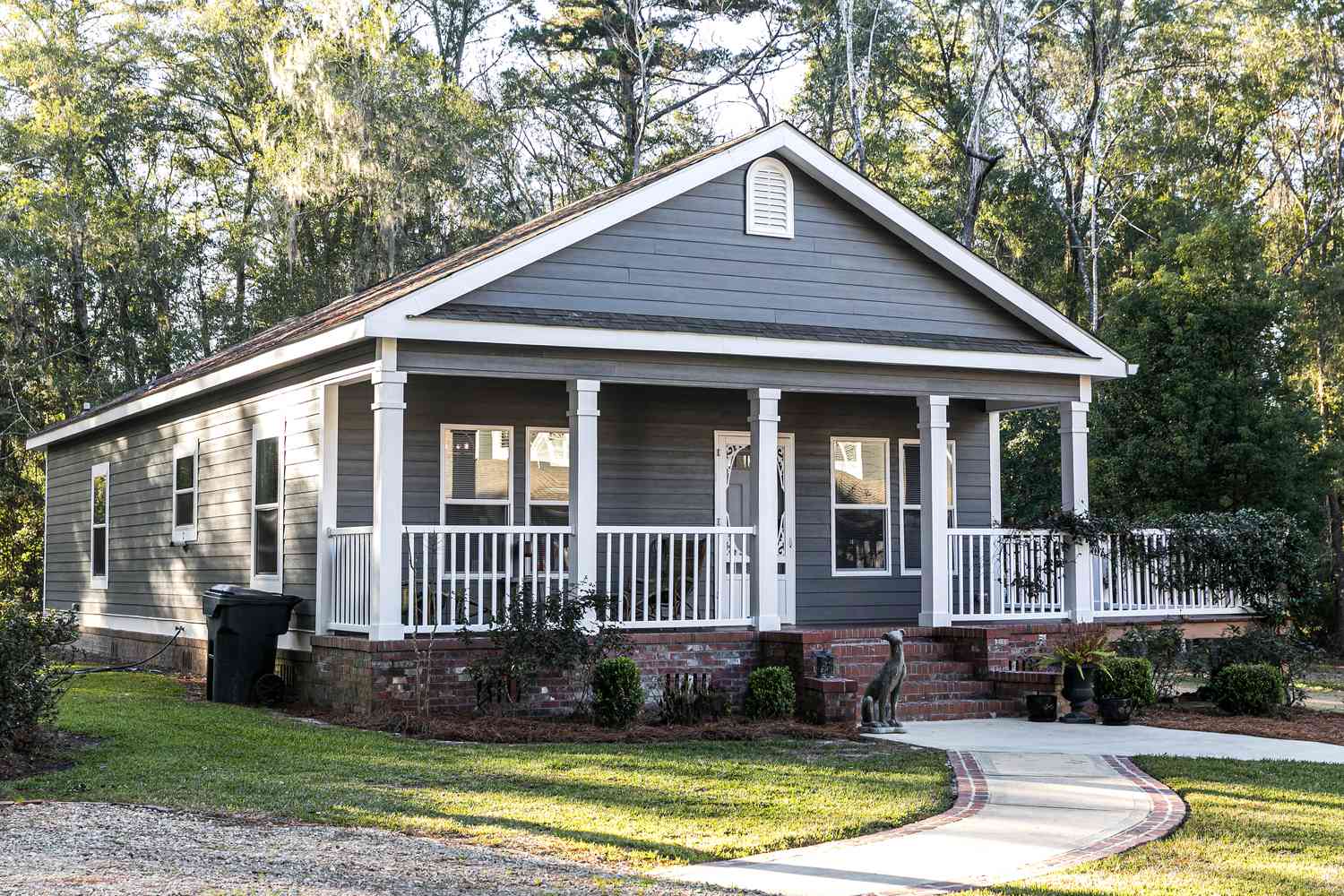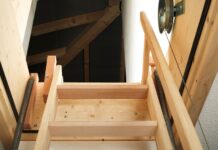Modular houses, also known as prefabricated homes, are increasingly becoming a popular option in the real estate market. These homes are built in factories in sections or modules, which are then transported and assembled on-site. This innovative construction method offers a unique set of financial advantages and drawbacks.
In this blog post, we will explore the intricacies of investing in modular houses, examining the impact on your wallet from various angles to help potential investors make informed decisions.
Overview of Modular Housing
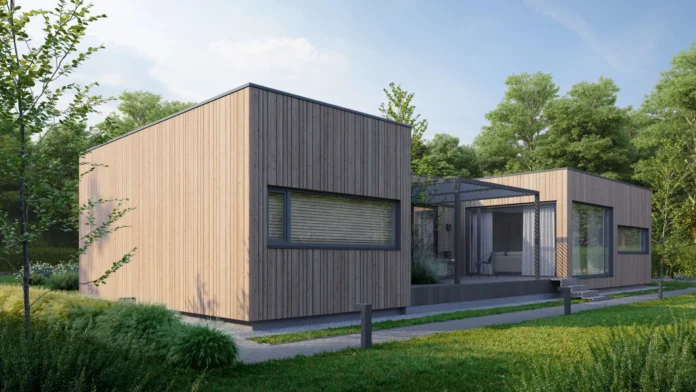
These homes are built in sections and later assembled on the homeowner’s land. This method is distinguished from traditional building techniques primarily due to its environment, method of assembly, and the speed at which the construction can be completed.
The first advantage of modular housing with the help of an expert modular home builder is its cost-effectiveness. Factory settings for constructing homes can lead to significant cost reductions. Bulk purchasing of materials and streamlined processes often result in lower costs per unit compared to traditional site-built homes. Additionally, the controlled environment reduces the likelihood of construction delays due to weather, which can be a costly issue in traditional construction.
On the downside, there are concerns about the resale value. There is a perception in some markets that they are of lower quality than traditional homes, which can affect resale prices. However, this perception is changing as the quality continues to improve and become more widely accepted.
Benefits of Modular Housing
The benefits of investing in modular housing are primarily centered around efficiency and cost. The factory construction of modules by a skilled modular home builder allows for faster build times, which can significantly reduce the overall timeline from start to finish.
This efficiency, fostered by the expertise of builders, can be a major advantage for investors looking to quickly develop and sell properties or for families eager to move into their new home.
Furthermore, they are often more environmentally friendly than traditional homes. The factory setting allows for tighter construction and better insulation, which can lead to more energy-efficient homes with lower utility bills. Additionally, the precision of factory tools can reduce waste produced during home construction, contributing to a more sustainable building process.
Financial Implications of Modular Housing
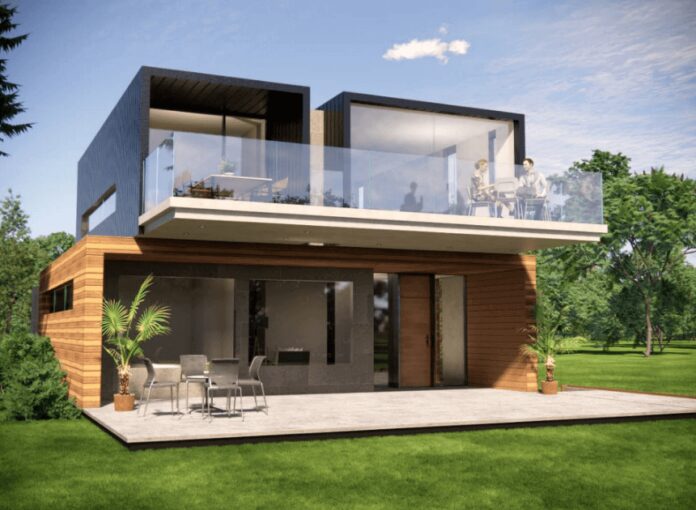
When considering them from a financial perspective, the initial costs and potential savings are critical factors. The upfront cost can be lower than that of a traditional site-built home due to the efficiencies of mass production and reduced labor costs. Furthermore, the shorter construction time reduces financing costs related to construction loans, which can accumulate significantly over time.
However, it is essential to consider additional costs that may not be immediately apparent. For example, the cost of transporting modules from the factory to the building site can be significant, especially if the site is far from the manufacturing location. Additionally, some regions require special permits for transporting large modules, which can add to the overall cost.
Long-term Investment and Resale Value
Investing can also have implications for long-term financial planning. The energy efficiency can lead to substantial savings in utility costs over time. Additionally, as public perception of modular housing improves and recognition of their durability grows, the potential for appreciation in property value increases.
However, the resale value can vary significantly based on market perception and local real estate trends. While some markets have embraced modular homes for their quality and sustainability, others may still harbor reservations about their durability and design flexibility. This can influence the resale value, making it a critical consideration for potential investors.
Risk Factors and Market Trends
The market’s perception of modular homes can significantly influence their investment potential. In areas where modular homes are widely accepted and recognized for their quality, they can offer excellent resale value and be a sound investment. Public education and awareness about the benefits of modular homes are improving, which could lead to broader acceptance and higher demand.
However, in regions where traditional homes are preferred, modular homes might face stigma that can affect their market value. This risk is particularly relevant in luxury real estate markets where custom designs and traditional craftsmanship are highly valued.
Future Outlook and Technological Advancements
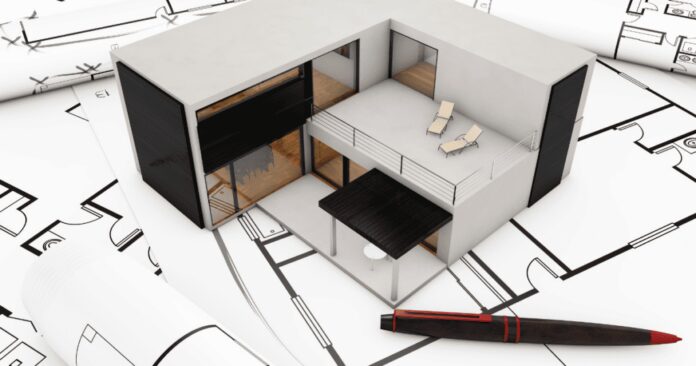
The future outlook looks promising with continuous improvements in technology and construction practices. Innovations in modular construction techniques are making it possible to design more complex and aesthetically appealing homes, which can help improve public perception and increase market demand.
Moreover, as environmental concerns become more prominent, the demand for sustainable and energy-efficient housing solutions like these homes is expected to rise. This shift could significantly enhance the marketability and long-term value of modular properties, positioning them as a smart investment for the future.
Regulatory Considerations and Costs
One of the significant considerations when investing in modular homes involves compliance with local building codes and regulations. They must meet the same standards as traditional site-built homes, which can vary significantly from one region to another. It’s crucial for investors to understand these regulations thoroughly to avoid costly modifications and delays.
Investors should be aware that while modular homes are generally designed to adhere to national standards, local amendments to building codes can necessitate additional compliance measures. This can involve anything from structural modifications to meet seismic standards, to specific aesthetic requirements in historical districts, potentially increasing upfront costs.
Zoning and Land Use Restrictions
Zoning laws and land use restrictions can also play a critical role in the modular housing investment process. These regulations determine where they can be placed and can significantly impact the feasibility of a project. In some cases, zones may restrict the use of prefabricated structures or impose restrictions that could limit the size or design.
Navigating these zoning laws requires careful planning and potentially the assistance of legal experts or consultants, which can add to the initial investment costs. However, successful navigation of these regulations can lead to profitable opportunities in areas underserved by traditional construction methods.
Conclusion
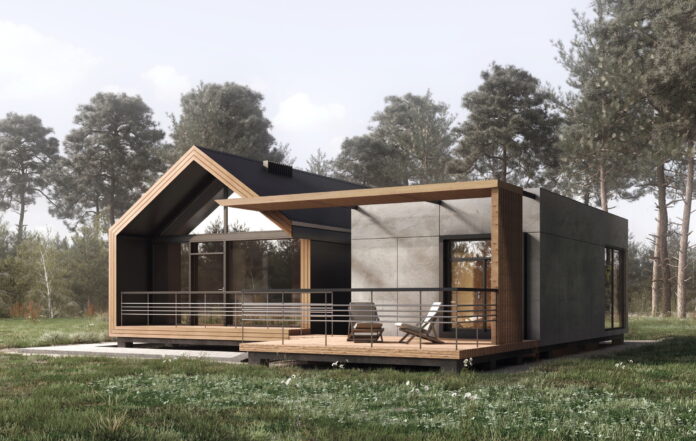
In conclusion, investing in modular houses presents a unique set of pros and cons. While there are substantial financial benefits such as lower initial costs, faster construction, and potential long-term savings on energy, the challenges related to market perception and resale value cannot be ignored.
As the industry evolves and public perception shifts, modular homes may become an increasingly attractive investment opportunity. Investors should keep a close eye on developments in this sector and consider their geographic location and market trends when making investment decisions.

